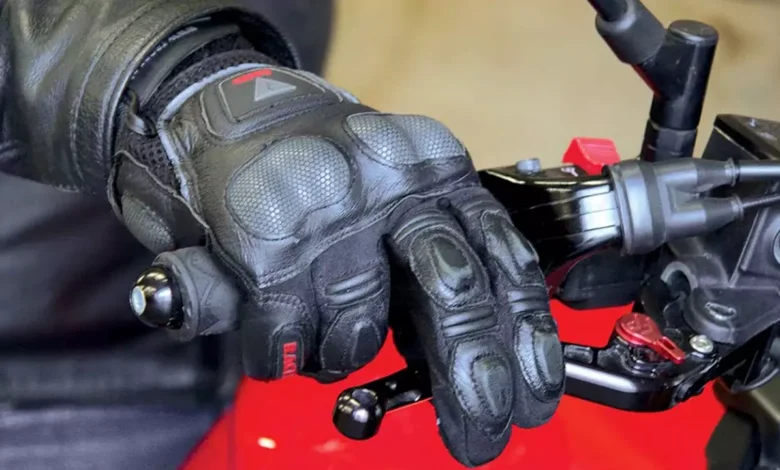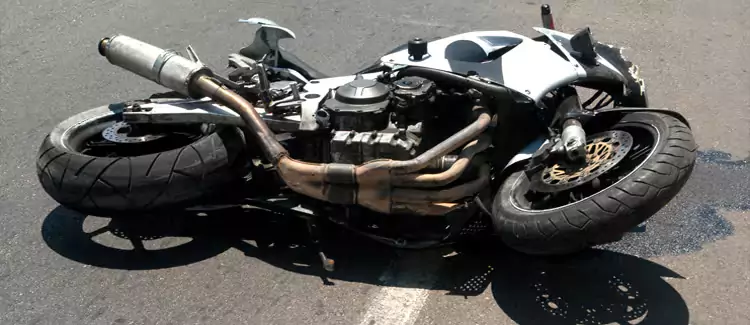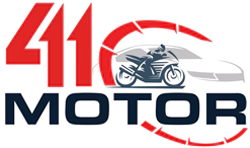Motorcycle Braking: Stop Like This Before It’s Too Late

Unlike a car that has a single brake pedal, a motorcycle has a front and a rear brake that can be controlled independently. How do you know which one to use and when? Front brake, rear brake, or both brakes? When and why should you use which brake on your motorcycle? Let’s try and understand!
Some common braking mechanisms introduced by manufacturers over the years for safe braking are:
- Combined brakes: This system links the front and rear brakes on a motorcycle or scooter; depressing one of the brake levers applies both the front and rear brakes, so it doesn’t matter whether you squeeze the front brake or use the rear brake with your foot; it applies both. It’s purely a mechanical system.
- Anti-lock braking system (ABS): This keeps the tyres from locking up and skidding if you grab the lever or stomp on the pedal in panic in an emergency situation. This is an electrical system that uses sensors to detect wheel lock and release brake pressure accordingly to prevent it.
In reality, all of these different braking systems have minimal impact on your strategy for braking; they are a safety net, but they do not directly impact your strategy if you’re using the correct technique. I encourage every rider to start with good technique, and then it doesn’t matter what braking system you have because the rider is in complete control of the stopping power. The braking systems act as a backup to the skill of the rider, so always focus on your skill!

Brake Your Motorcycle With the Front
The maximum impact on stopping distance is brought about by the front brake because as you decelerate, more and more weight is shifted to the front of the motorcycle. That’s why the large disc of a braking system is always on the front wheel. Larger motorcycles may even have a twin-disc brake setup on either side of the front wheel.
You can think of that rear brake as more of a control brake that guides the motorcycle to stay in line when you’re stopping. Always start with both brakes applied equally, then gradually increase pressure on the front brake lever and decrease pressure on the rear brake pedal because as deceleration loads up the front wheel, it relieves the load on the rear wheel, causing it to lose traction if the brake pedal is held down for too long in an emergency. Practising and mastering this can drastically reduce braking distance without ABS intervention.
Let the Rear Brake Work on Those Slow Curves
Keeping In slow-speed manoeuvring, you want to stay away from that front brake. The quickest way to drop a motorcycle is to apply the front brake with the handlebars turned at a slow speed.
For example, when approaching a stop sign, filtering through traffic, or performing a U-turn, the rear brake provides greater control and refinement. Just keeping pressure on the rear brake and dragging it when negotiating tight turns can go a long way toward balancing out the motorcycle.
Rear brakes are also useful, especially when riding with a pillion. The pillion contributes sufficient weight to the rear wheel, allowing you to apply more of the rear brake in an emergency without the danger of losing traction or ABS intervening.
Double or Nothing!
One trick you can use and experiment with to smooth out your routine stops even more is using both brakes to initiate the stop, and just a few feet before the final halt, let out the front brake and finish the stop using the rear brake.
Notice that your stop will be much smoother and in a much more controlled manner, and the motorcycle will also be more balanced as it comes to a stop because there’s not so much forward bias weight on that front tyre. Similarly, try using the front brake; it will be more challenging to stop neatly using only the front brake because we are accustomed to grabbing the front lever. Slowly squeeze it to bring it to a stop.
Better Rubber, Higher Safety
Braking is also dependent on the type of motorcycle, so sport bikes have less stopping power from the rear, and cruisers have a little bit more. It also depends a lot on factors like the rake of the forks and the weight distribution of the motorcycle.
Wrapping it up, your primary focus should be on the front brake, where most of your stopping power comes from. However, the initial application of the front brake should always be smooth. The smoother you are with the brakes, the quicker the motorcycle will come to a stop. Remember, “squeeze” with love, and don’t “grab” it like a perv.
There’s only one thing left to do: practice!
Also Read: Motorcycle 101: Tips for Riders to Deal With Indian Monsoon
